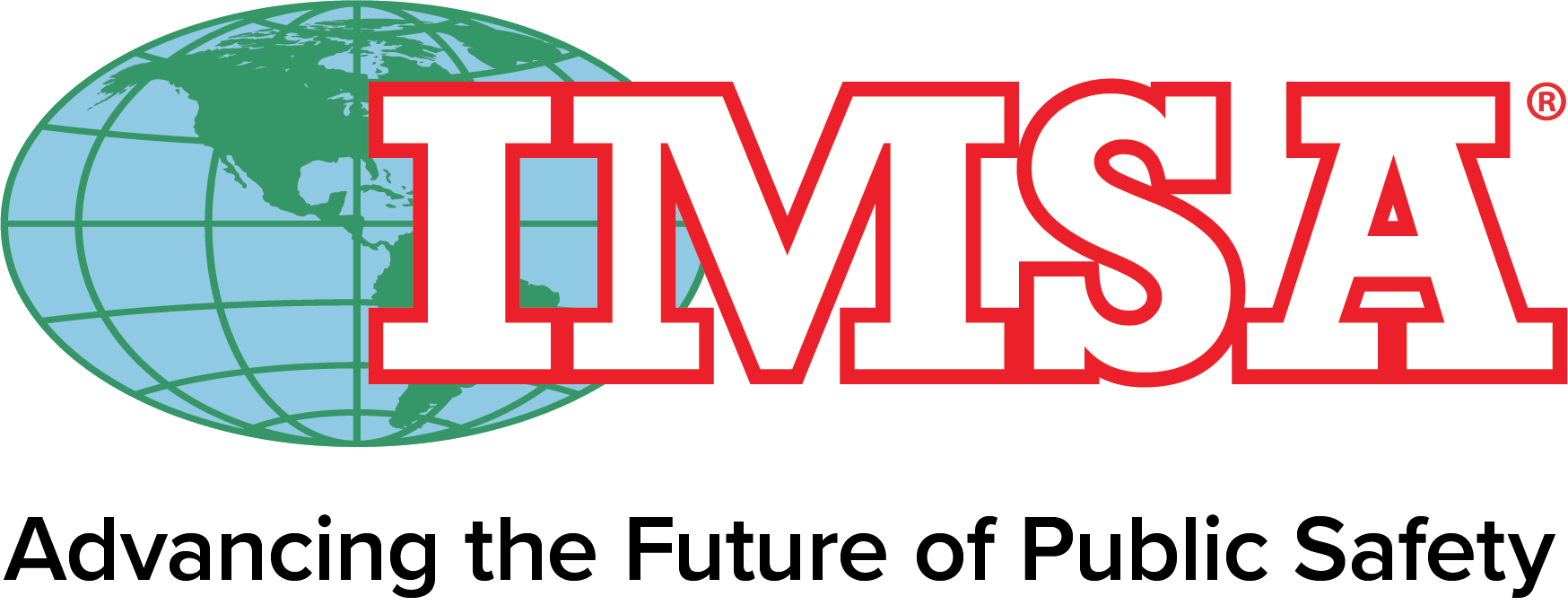On May 26, the First Responder Network Authority (FirstNet Authority) hosted the “Preparedness, Partnership, and Progress: A Conversation with Minnesota and FirstNet” webinar. More than 100 public safety stakeholders from Minnesota and nearby states tuned in to hear from the State of Minnesota Department of Public Safety Emergency Communication NetworksDivision about last year’s challenges and the role FirstNet played.
Minnesota state officials shared their experiences using the FirstNet solution to help communities prepare for emergencies, form partnerships, and make progress in identifying and addressing their communication needs.
Minnesota understands the importance of planning and preparedness. Like most public safety officials, State Director Dana Wahlberg spent early 2020 consumed by the COVID-19 pandemic response. When civil unrest broke out in Minneapolis that summer, Wahlberg leaned on the partnerships she formed while arranging communications during the pandemic. These relationships were essential to leveraging support from the community to address this new challenge. “Every aspect of planning and preparedness required working with partners and reevaluating in order to be successful. We fostered relationships with locals and engaged with them to create a collaborative environment where they could provide input, direction, and make their own decisions.” FirstNet bolsters these important relationships by helping prepare and provide reliable, interoperable communications.
Minnesota values trusted partnerships. Minnesota Northern Regional Interoperability Coordinator Marcus Bruning regularly builds trusted partnerships with state, local, and tribal officials throughout the state’s 87 counties and 11 federally recognized tribes. He says listening to the community is crucial to the advancement of public safety communications across the state. “We never go into the meeting and take over. The support may be regionally organized, but they are locally executed. We let the local experts tell us their perspective on public safety broadband,” explained Bruning. Bruning has participated in over 100 FirstNet Authority stakeholder engagements, where he says listening to the community is vital so broadband access and use can improve on a statewide level.
Minnesota leverages local partnerships to reap real progress. Minnesota’s Statewide Interoperability Coordinator (SWIC) and Deputy Director Cathy Clark is the driving force behind ensuring interoperable communications for all public safety users and at all levels of government. For Clark, “progress is making sure that the right people are at the table, like public safety and first responders, and others in local communities, such as school districts and public works – these people will broaden the knowledge to build success stories to help educate and inform.” With FirstNet built as an interoperable network, all public safety has access to a reliable communications platform – from traditional first responders to utilities, public works, schools, and hospitals.
FirstNet expands in Minnesota. Since Minnesota joined FirstNet, over $300 million has been invested into the Minnesota network. These investments (including 14 FirstNet new site builds) have produced 5,250 on-air network enhancements, which translates into increased capacity, Band 14 coverage, and network capabilities. Three new sites launched in the last 30 days.
Today, the FirstNet Authority continues to meet regularly with state and local officials to discuss their public safety broadband needs and network enhancements. FirstNet remains committed to launching innovative and interoperable solutions to address coverage and capacity gaps for first responder use, such as: FirstNet’s 80+ dedicated deployable network assets, FirstNet MegaRange™, FirstNet Push-to-Talk, Compact Rapid Deployable™, and Z-Axis capabilities.
Thank you to the State of Minnesota’s Department of Public Safety Emergency Communications Networks Division for engaging in this important public safety communications dialogue. These engagements are crucial to the ongoing success of advanced public safety communications across the state.
321-392-0500
